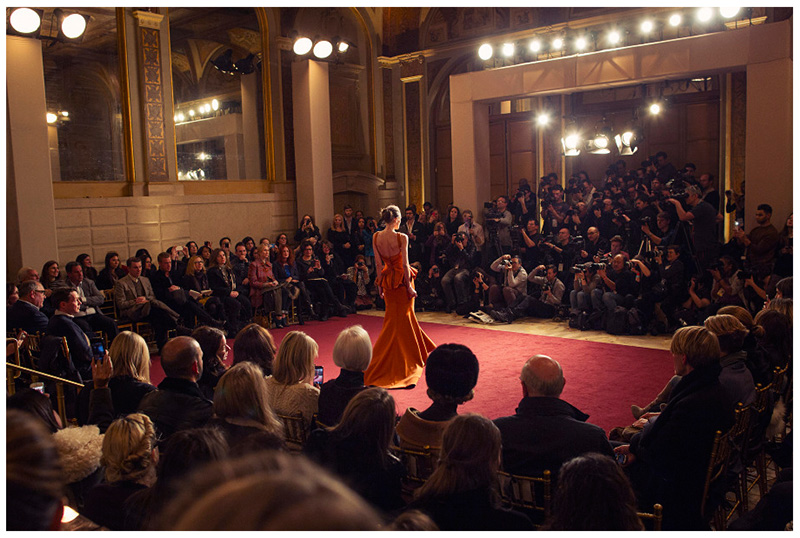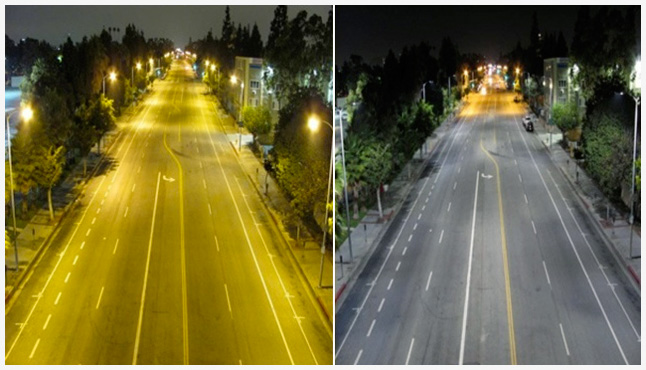Written by Gordon Lewis
Sometimes, no matter how hard you try to avoid it, you find yourself agreeing to shoot video for someone; maybe even yourself. For photographers who shoot video with DSLRs or mirrorless cameras all day every day, this is no big deal. For those of us who seldom shoot video, if ever, it stirs certain insecurities. How do you do a decent job without biting off more than you can chew or doing such a poor job that the recipient doubts your abilities as a photographer? Here are a few tips I’ve found useful. Feel free to contribute any other you think might be helpful to the well-meaning neophyte.
- Set expectations. Make it clear what you intend to deliver. Personally, if I agree to anything at all, it will be no more than a few short video clips, in focus, steady, correctly exposed, and color balanced. I will burn the resulting clips onto a DVD. I will not bring supplementary lights or microphones. I will not do any editing or post-production. If you are willing to do more and can do it well, fine. Just don’t set yourself up for failure or a steep learning curve by promising more than you can deliver.
- Remember that video requires continuous light, so make sure you’ll have enough. My niece once asked me to shoot video of her and her sister doing a two-minute dance routine for their mom. Piece of cake, right? On the day of the shoot I discovered that they had scheduled their dance routine for 9:00 pm outdoors on a dimly lit patio, where the only light was from behind. I had no choice but to record silhouettes.
Even if you have a continuous light or two, the larger the area and the greater the light-to-subject distance, the more light you’ll need. My rule of thumb is that there should be enough light on the subject that you can comfortably read a book. (Oh, and just because you can crank the ISO on your camera up to 6400 doesn’t mean it’s a good idea. High ISO video looks pretty gnarly in my opinion.)
- Use a tripod. A tripod will eliminate “the shakes,” which with a telephoto lens can be enough to make your video practically unwatchable. A tripod will also relieve you of the stress of trying to hold your camera and lens steady for minutes at a time, which is a lot harder than you might think. Having your hands free of the camera also reduces handling noises.
- Focus manually whenever possible. Switch your camera and lens to manual focus and use live view with high magnification for critical focus. Provided there are no significant changes in camera to subject distance, this will result in sharp video clips from start to finish and will prevent the camera from attempting to refocus if someone steps in front of your lens for a second or two.
- Zoom and pan with restraint. Any camera movements you do should look smooth, effortless, and justified.
- Remember that video includes sound. If you’re lucky, you’ll be shooting in an environment where everyone else is quiet and the audio is amplified over a PA system with speakers nearby. To minimize background noise or conversations, try to get as close to the sound source as you can. You should also anticipate inquiries from curious onlookers, especially if your camera is tripod mounted. I find it helps to have a sign printed on a sheet of typing paper that says “I am recording video AND sound. Please hold your questions for a few minutes until I’m done.” Also remember that any noises you make will be recorded and, because of the auto-gain feature, they will be a lot louder than you might expect.
- Video image captures are based on your JPEG settings. With rare exceptions, RAW processing is not an option. You will therefore need to set the white balance manually. A custom white balance is even better, especially under mixed lighting. As for color rendering, you’re better off using general purpose settings such as Standard, Neutral, or Faithful than more specialized ones like Landscape, Portrait, or Sepia Tone.
- Use the highest-capacity flash cards you own. An empty 8GB card will store roughly 22 minutes of HD video. A 16GB card will store twice that. Even if you’re only planning to shoot five or 10 minutes of video, it never hurts to have extra capacity for stills or “one more take.” If the video is intended for the web, you might skip HD entirely and opt for 640x480, which will result in much smaller files sizes and double the recording time as compared to HD.
- Read the instruction manual. You may discover that although your card can record up to 22 minutes of HD video, your camera’s maximum file size limits each clip to 12 minutes. Some cameras have even shorter limits to prevent the sensor from overheating. Either situation can be a problem if you’ve promised to videotape your daughter giving a 15-minute commencement speech. You may have to record at lower resolution, break the speech up into smaller clips, or both.
- Finally, practice. Just as you wouldn’t try to photograph a wedding with a camera and flash you had never used before, you shouldn’t attempt to record video with your own camera unless you know exactly how to start and stop recording. Generally, when recording, your camera’s LCD should show not just a red dot but also some sort of timer that indicates how much time you’ve recorded and/or how much you have left.
Gordon
Friend of TOP and longtime photo writer Gordon Lewis shut down his well-received photography blog Shutterfinger last December (note #2 at the link—yeah, I did see that! —Ed).
©2014 by Gordon Lewis, all rights reserved
Original contents copyright 2014 by Michael C. Johnston and/or the bylined author. All Rights Reserved. Links in this post may be to our affiliates; sales through affiliate links may benefit this site.
TOP's links!
(To see all the comments, click on the "Comments" link below.)
Featured Comments from:
Mike Plews: "Great advice. Do use a tripod but remember that most still tripods are not great for video beyond 'lock down' shots. Most still pan/tilt heads are not smooth enough for the task and ball heads are going to be of very limited usefulness but both will be OK if you don't move the camera. If you don't plan to edit your material and want to make the raw video easier to watch then try shooting a locked down long shot followed by a medium shot followed by a close up. Repeat this as often as possible and your stuff will be more polished. Good luck."
Bill Tyler: "All good advice. Here are two extra items. Make sure your memory cards are fast as well as high capacity. If they aren't, you'll have dropped frames and the video will be unwatchable. And if you want sound, spring for an external mic. Even a relatively inexpensive one will maker a huge difference in sound quality."
Steven Palmer: "The best advice I ever read was to never zoom, or at least cut it when editing. It looks very amateurish. Look at professional video (documentaries for example), there is almost never any zooming in the final edit. When I read that it was a 'light bulb' moment for me. And it's true, watching video with zooming looks so bad."
Guy Couture: "This topic could not be more appropriate, as I am shooting my first video on Monday for a client I use to shoot stills every year. If panning seems OK with my tripod head, tilting is a complete failure unless handholding the camera...as for lights, I have three 1000w quartz with blue gels to mix with daylight. I hope it'll do. Needless to say, I cross my fingers. Thanks for all the advice."
 New York Fashion Week, for Vogue. Photo by Victoria Will.
New York Fashion Week, for Vogue. Photo by Victoria Will.


